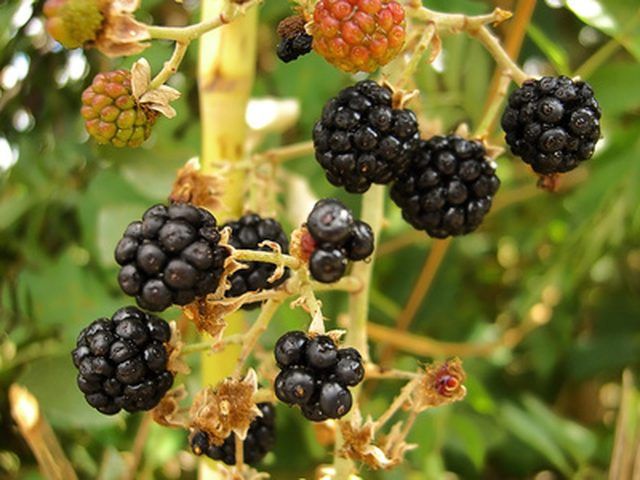Bulbs
Flower Basics
Flower Beds & Specialty Gardens
Flower Garden
Garden Furniture
Garden Gnomes
Garden Seeds
Garden Sheds
Garden Statues
Garden Tools & Supplies
Gardening Basics
Green & Organic
Groundcovers & Vines
Growing Annuals
Growing Basil
Growing Beans
Growing Berries
Growing Blueberries
Growing Cactus
Growing Corn
Growing Cotton
Growing Edibles
Growing Flowers
Growing Garlic
Growing Grapes
Growing Grass
Growing Herbs
Growing Jasmine
Growing Mint
Growing Mushrooms
Orchids
Growing Peanuts
Growing Perennials
Growing Plants
Growing Rosemary
Growing Roses
Growing Strawberries
Growing Sunflowers
Growing Thyme
Growing Tomatoes
Growing Tulips
Growing Vegetables
Herb Basics
Herb Garden
Indoor Growing
Landscaping Basics
Landscaping Patios
Landscaping Plants
Landscaping Shrubs
Landscaping Trees
Landscaping Walks & Pathways
Lawn Basics
Lawn Maintenance
Lawn Mowers
Lawn Ornaments
Lawn Planting
Lawn Tools
Outdoor Growing
Overall Landscape Planning
Pests, Weeds & Problems
Plant Basics
Rock Garden
Rose Garden
Shrubs
Soil
Specialty Gardens
Trees
Vegetable Garden
Yard Maintenance
What Do Mulberry Tree Leaves Look Like?
What Do Mulberry Tree Leaves Look Like?. Mulberry trees are part of the family of Moraceae and are known by their botanical name morus. They can be found across Europe, America, Africa and Asia and are identified by their leaves, which are serrated around the edges and often lobed. The mulberry is deciduous, meaning it sheds its leaves in autumn...

Mulberry trees are part of the family of Moraceae and are known by their botanical name morus. They can be found across Europe, America, Africa and Asia and are identified by their leaves, which are serrated around the edges and often lobed. The mulberry is deciduous, meaning it sheds its leaves in autumn and grows new ones in spring. Silk worms enjoy feasting on its leaves. Mulberry trees have traditionally played an important part in the silk industry.
Types of Leaves
Mulberry trees come in two types and each has slightly different leaves. Both have oval leaves, serrated edges and are sometimes lobed, however the red mulberry's leaves have a texture similar to sandpaper on the underside. The white mulberry's leaves have a smooth texture underneath them. During mid-spring as new leaves grow, small flowers grow in clusters on twigs or branches.
Red Mulberry
The red mulberry, Morus rubra, is prized for its dark fruit look that's similar to raspberries and blackberries. They are red but change to black with a hint of red when they are ready to eat. The tree can reach 65 feet high and can be identified by its distinctive reddish-brown bark.
White Mulberry
If you have a mulberry tree in your garden that produces white fruit, it's probably the white mulberry, Morus alba. The fruit needs to be soft and sticky to be edible. If the fruit is hard, the fruit is not ripe. You can also distinguish the white mulberry by its bark, which has an ochre-gray color. The tree is shorter than the red mulberry and grows to 40 feet tall.
Collecting Berries
You can find mulberries growing in gardens or in the wild. The berries ripen in late spring and early summer. The best way to collect them is to get a blanket or sheet and place it under the tree, then shake the branches so that the fruit falls off. You will end up with a mixture of debris, so you'll need to wash them. The easiest way is to put them in a bath or sink. As the berries sink, you can scoop away the debris.
Cooking
You need to use the berries immediately or freeze them because they'll go bad in a couple of days, which is why they are rarely found in supermarkets. Mulberries can be used in any recipe that requires berries, such as jams, jellies, tarts, pies and muffins.